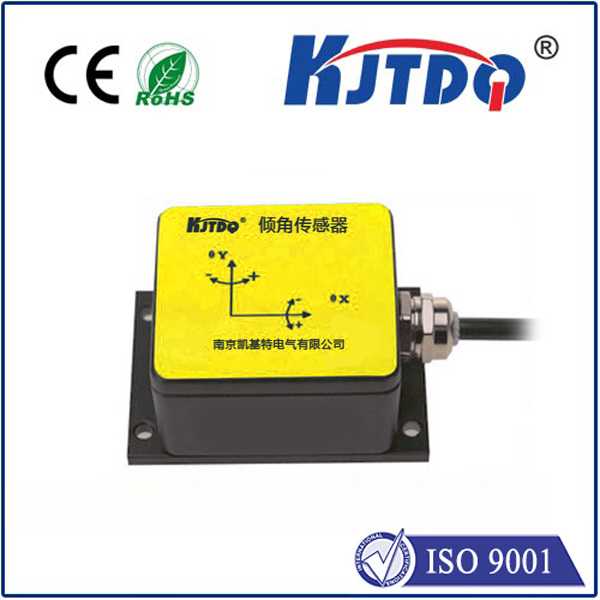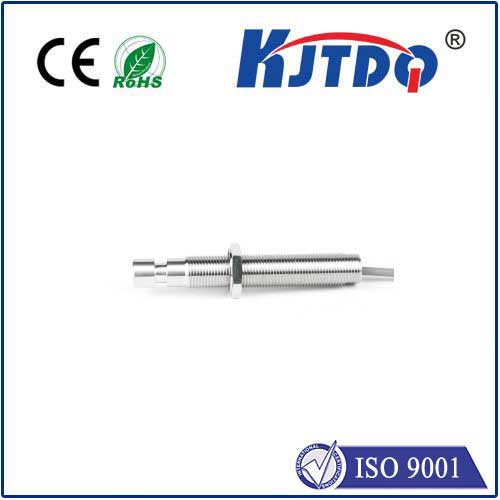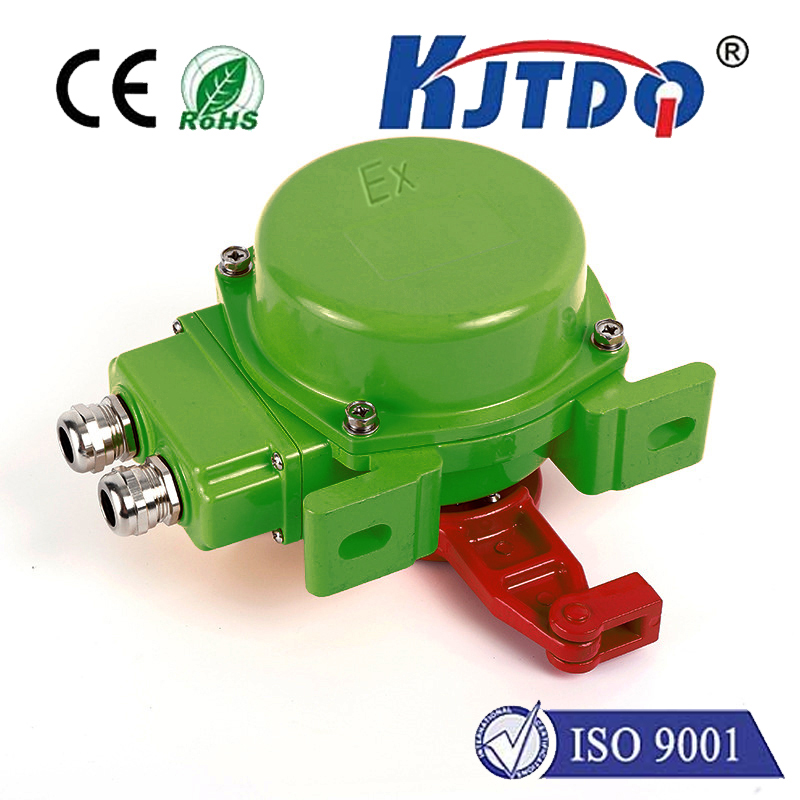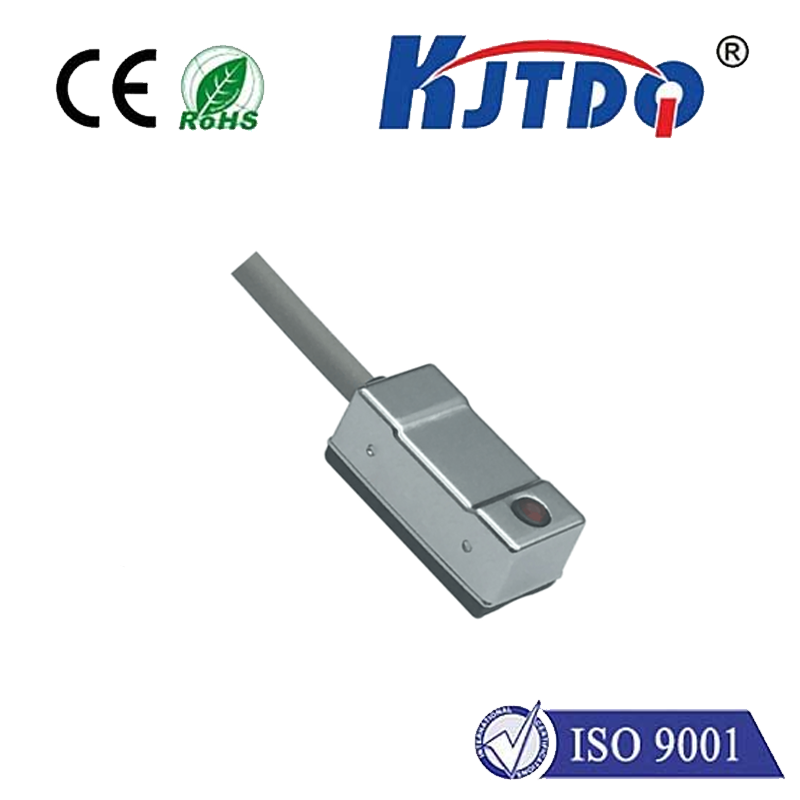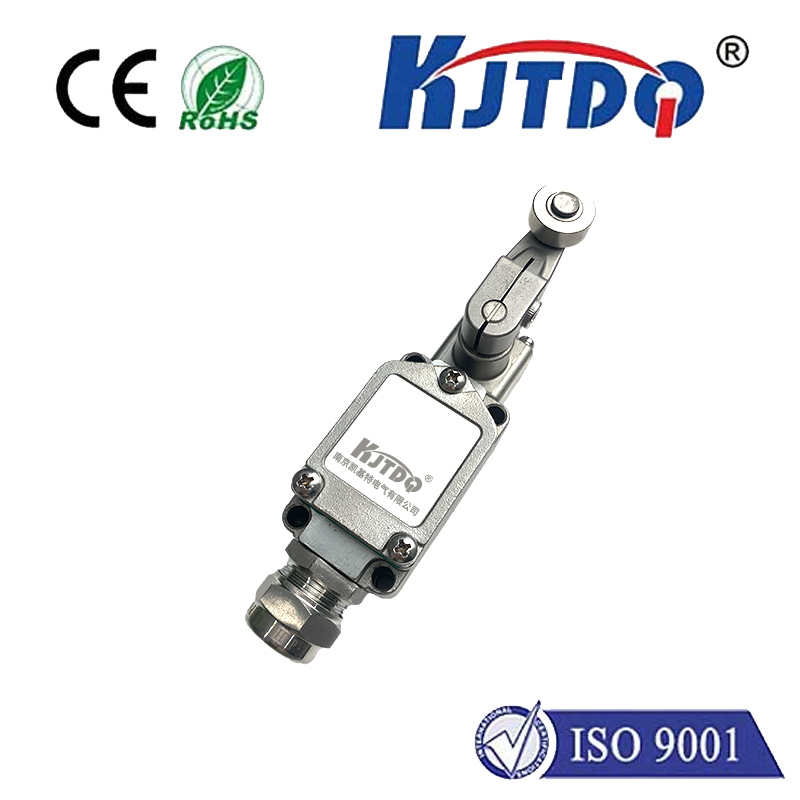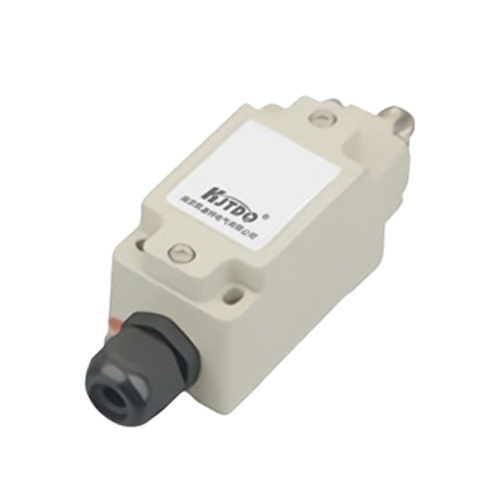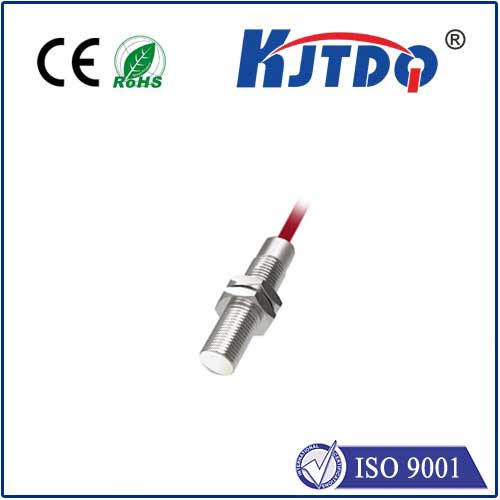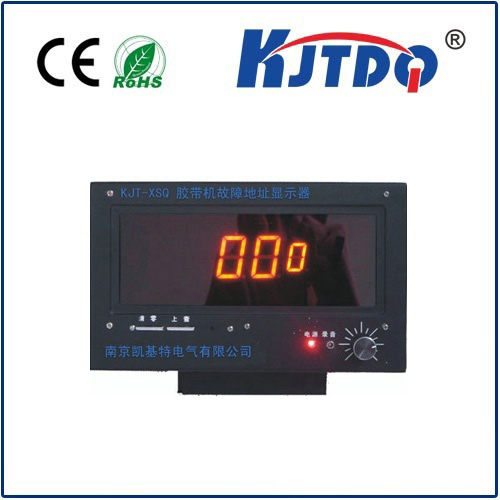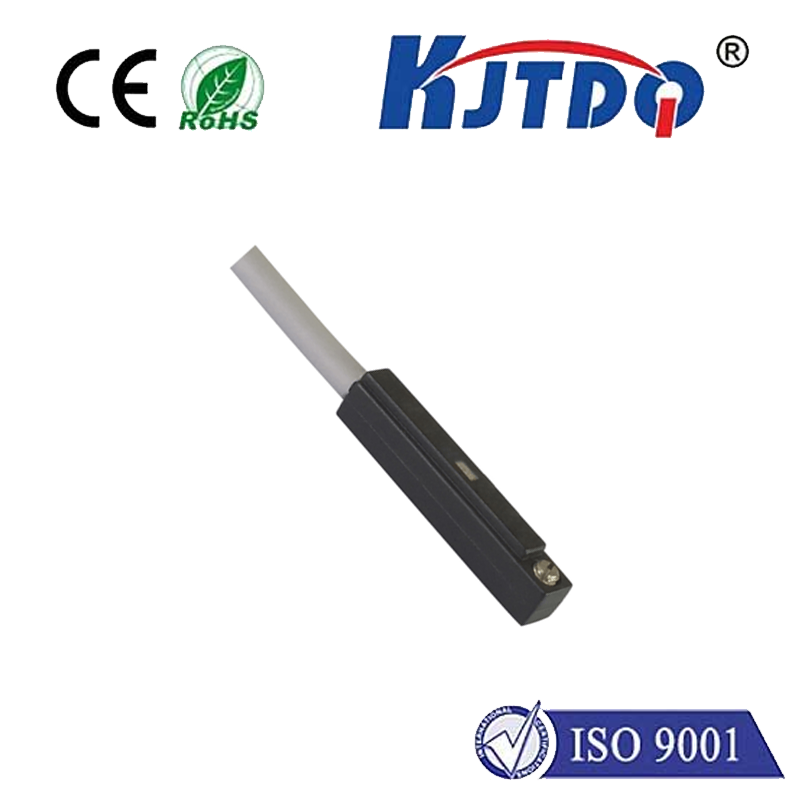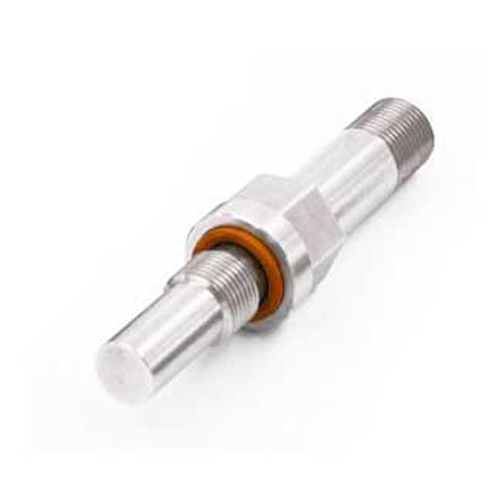

check

check

check

check

check

check

check

check

check

check
Introduction
Optical proximity sensors are becoming increasingly popular due to their ability to detect and measure distances without physical contact. These sensors work by emitting a light pulse and measuring the time it takes for the reflected light to return, thus allowing for accurate distance measurements. In this article, we will explore the different types of optical proximity sensors available and their applications in various industries.
Types of Optical Proximity Sensors
There are two main types of optical proximity sensors: infrared (IR) and ultrasonic.
Infrared (IR) Proximity Sensors
IR proximity sensors emit a beam of infrared light and measure the time it takes for the reflected light to return. These sensors are typically smaller and more affordable than their ultrasonic counterparts, making them a popular choice for many applications. However, they have a limited range and can be affected by ambient light, which can affect their accuracy.
Ultrasonic Proximity Sensors
Ultrasonic proximity sensors use high-frequency sound waves to measure distances. These sensors are more reliable than IR sensors in terms of accuracy and can operate over a longer range. However, they are larger and more expensive than IR sensors. Ultrasonic proximity sensors are commonly used in industrial automation, robotics, and security systems.
Applications of Optical Proximity Sensors
IR proximity sensors are often used in industrial automation, where their small size and low cost make them an attractive option. They are also commonly used in medical devices, such as thermometers, as they do not need physical contact with the patient.
Ultrasonic proximity sensors are widely used in industrial automation, robotics, and security systems. They can be used to detect objects or people at a distance, providing valuable information for tasks such as object detection, inventory management, and quality control.
Conclusion
Optical proximity sensors come in two main types: infrared (IR) and ultrasonic. IR sensors are smaller and more affordable, while ultrasonic sensors offer higher accuracy and a longer range. Both types of sensors have various applications in industrial automation, robotics, medical devices, and security systems. As technology continues to improve, we can expect even more advanced optical proximity sensors to enter the market, further enhancing their capabilities and usefulness.
